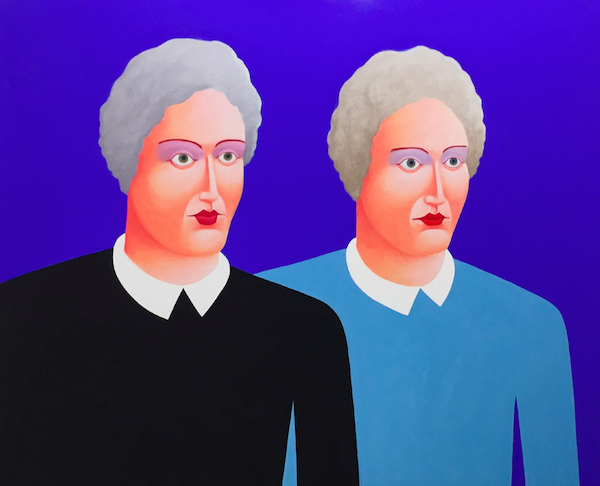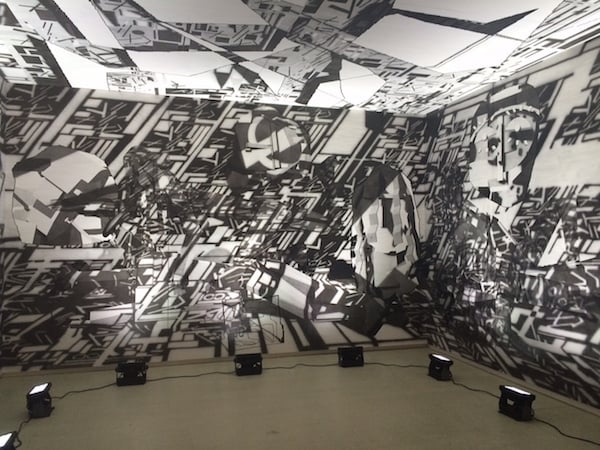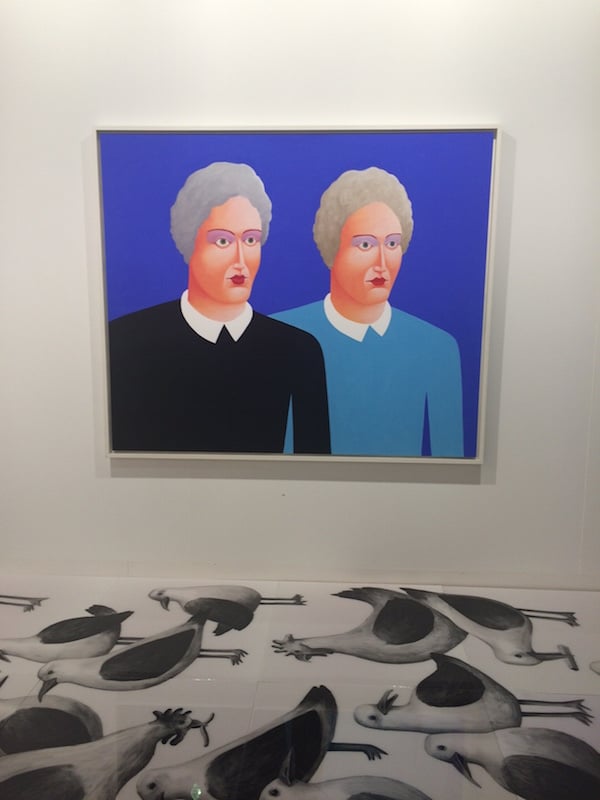Art & Exhibitions
Collectors Swoon Over Young Galleries at Art Basel’s Statements Sector
Each solo booth felt refreshingly on point. Collectors agree.

Each solo booth felt refreshingly on point. Collectors agree.

Christie Chu


Avery Singer at Kraupa-Tuskany Zeidler.
Photo: artnet News.
The original Art Basel is back for its 46th edition, and the “Statements” sector is not to be missed.
Sixteen young galleries, sandwiched along two corridors on the second floor, are bringing artists from all the globe to be discovered at one of the world’s oldest fairs. Although small in comparison to the rest of the Basel bunch, each one of the solo artist booths didn’t pack any less punch than the more established galleries alongside the aisles.

Amalia Ulman at James Fuentes.
Photo: artnet News.
New York gallery James Fuentes brought an installation by artist and art market darling Amalia Ulman. Director James Shaeffer told artnet News the choice to bring Ulman was a no-brainer as she is an “international artist whose practice is very dynamic.”
The booth resembles a kawaii cream-colored nail parlor with airport chairs wrapped in pearl strings and leather accessories. Glass doors line the gallery booth walls, emblazoned with motivational phrases about motherhood and its anxieties such as “Here’s to Good Women, may we be them, may we know them, may we raise them.”

Nicolas Party at Gregor Staiger.
Photo: artnet News.
Artist Nicolas Party was spotted next to Fuentes at Gregor Staiger’s amusing booth. The Swiss gallery brought three vibrant portraits by Party as well as made-to-order tiles featuring fanciful charcoal drawings of seagulls and chickens eating French fries. What can we say? The artist has a sense of humor.
“It’s our first year here and we plan to sell out,” Steiger told artnet News. Two £16,000 paintings had already been snapped up within the first hour. Party will also be unveiling a large-scale mural resembling a comic book layout on Thursday outside of Swiss institution SALTS.
Another New York dealer, Jasmin Tsou of JTT, brought four large-scale “video painting” works by Borna Sammak. The Philadelphia artist was the first contemporary artist Tsou showed, and her second show at her space. Each Instagram-friendly video sculpture incorporates a wide LED-screen television which loops a psychedelic 15-second video by the artist.
Tsou told artnet News within the first few hours of the fair, three out of the four pieces were already sold. “People who have already invested in him [Sammak], feel they are a part of it. Collectors that bought his art two or three years ago showed up to the booth and they feel like they’re a part of something that’s growing.”

Rafael Hefti at Raeber Von Stenglin.
Photo: artnet News.
Perhaps the most sensational booth at the Statements preview is Rafael Hefti’s installation at Zurich-based gallery Raeber Von Stenglin. A massive CNC milling machine, which looked more like a Transformer than a piece of art, flanked by two video monitors, attracted hoards of curious fair-goers. The activated machine (which made a humming noise while it worked) every few minutes would take a new aluminum tube, proceed to shave it off in cylindrical movements until it no longer existed, and then repeated the same motions.
Its actions were intensified through two Go-Pro cameras hidden inside its hull, recording its movements so viewers could watch on enlarged and zoomed in TV screens. When asked if the booth was being sold as a an installation, gallery director, Beat Raeber replied, “it’s sold as a concept,” so the buyer would be given exact instructions on how to mount the video cameras, what kind of milling machine to use, and the amount of aluminum to purchase.
The machine, mainly used by airspace and medical industries, is also increasingly being used by artists to fabricate sculptures of precise sizes and designs. Raeber told artnet News he wanted to bring something to the fair that wasn’t just about the art object itself but also about the “art process”.
When asked who were the main parties interested in the work since the owner would have to rent a milling machine to perform the piece, Raeber laconically replied, “institutional.”
The gallery is back for its fourth year this time, and the difference for Raeber is that “the quality has gone up quite a lot.”